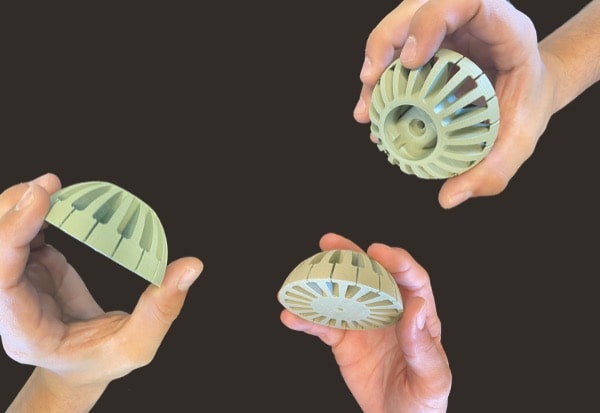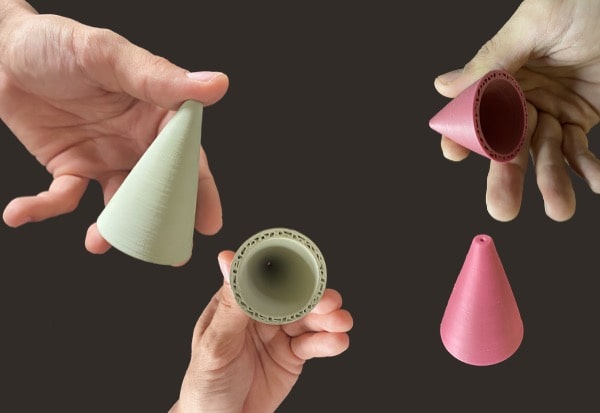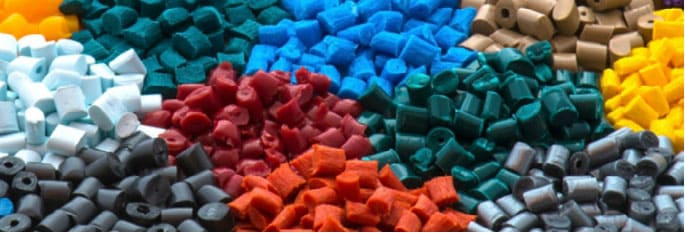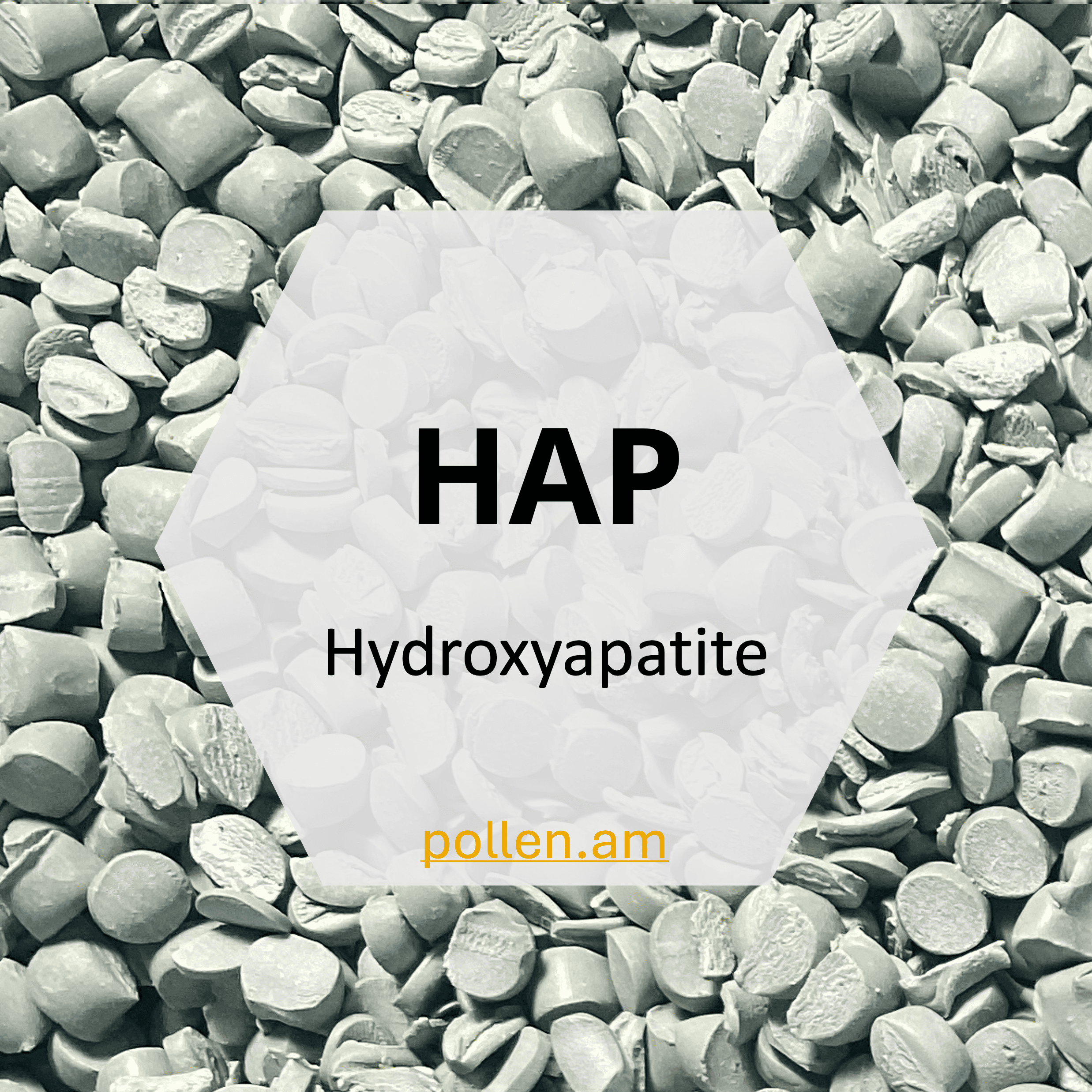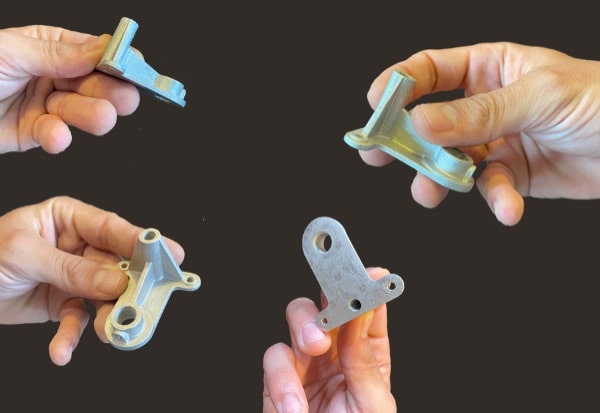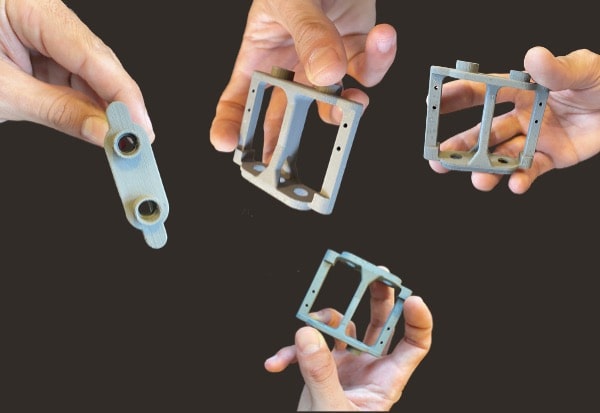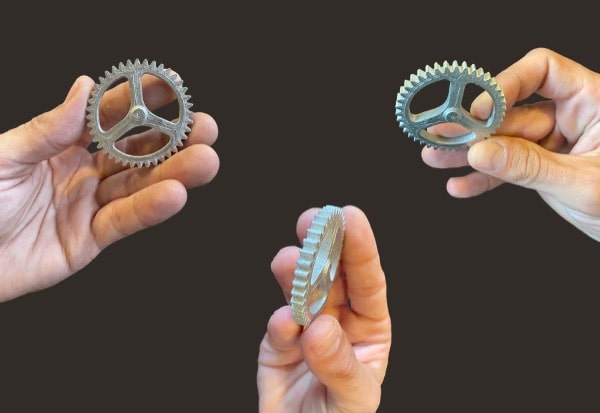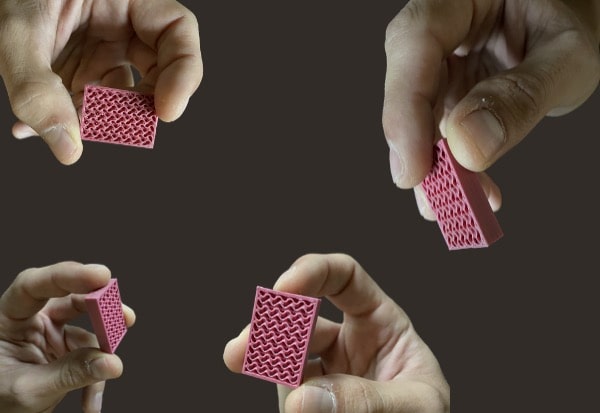
Hydroxyapatite (HAP)
Hydroxyapatite (HAP) ceramic is a form of calcium phosphate, chemically identical to the mineral component of human bones and teeth. It is widely used in biomaterials because of its exceptional biocompatibility, making it a preferred choice for orthopedic and dental implants. Hydroxyapatite promotes bone regeneration by integrating well with the surrounding tissue and stimulating bone growth. Its porous structure also allows for good vascularization and the circulation of bodily fluids.
Industrial applications of hydroxyapatite include implant coatings, bone cements and bone substitutes, as well as applications in dentistry, particularly for implants and dental restorations. HAP continues to be the subject of research to develop composites and hybrid materials that could improve its mechanical properties while maintaining its biocompatibility.
Composition
| Component | Concentration | Comment |
|---|---|---|
| CaO (calcium oxide) | 38,7 % | Main component, essential for the formation of hydroxyapatite. |
| P2O5 (phosphoric anhydride) | 17,7 % | Important part of the chemical structure of hydroxyapatite. |
| H2O (water) | 0,1 - 1 % | Present in varying quantities, it can influence the stability of hydroxyapatite. |
| CO2 (carbon dioxide) | < 1 % | May be present in the form of impurities or in composites. |
| MgO (magnesium oxide) | < 1 % | Sometimes added to improve certain mechanical properties. |
Discover Metal and Ceramic 3D printed parts

